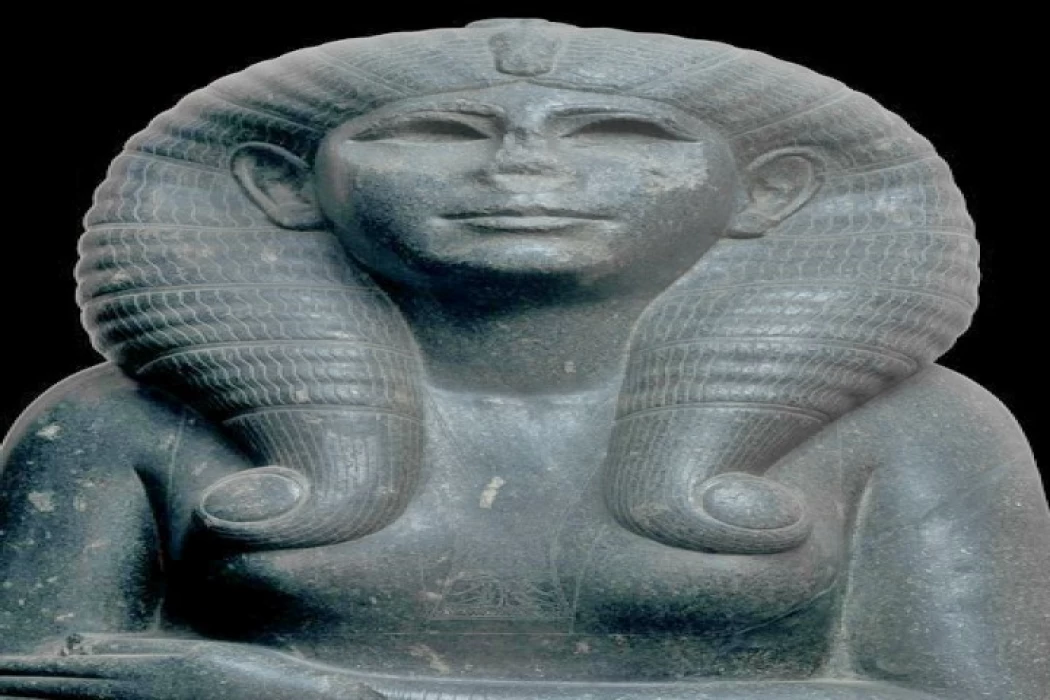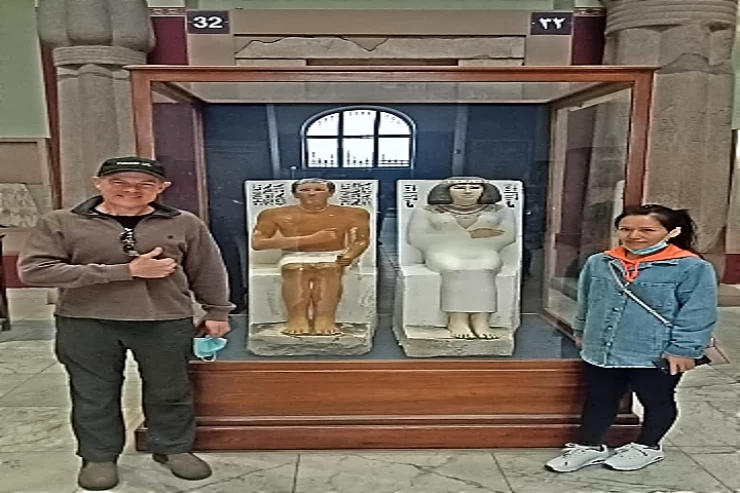
King Senusret II | 12th Dynasty Middle Kingdom
King Senusret II
The fifth pharaoh of the XII dynasty, Sesostris III was an Egyptian ruler who ruled from 1878 BC to 1841 BC. He was the son of Sesostris II, also referred to as Senusert III. Among the greatest of the Egyptian pharaohs, he created a strong impression of a conqueror in both Asia and the Middle East.
Senusret II erected his pyramid some fifty kilometers south of Dahshur and sixteen from the Nile. The chosen place, El-Lahun, is located north of the point where the important channel called Bahr Yusef turns west to enter the oasis of El Fayum.
The pyramid of Senusret II presents a novelty later taken up in two other pyramids of the same dynasty. Experience had shown how difficult it was to guard against theft if the entrance to the burial chamber remained as always located on the northern flank of the above-ground building. The architect from Senusret, therefore, decided to place the entrance outside the pyramid.
However, this measure proved ineffective, because when the archaeologists finally managed to reach the burial chamber they discovered that it had been ransacked without scruples.







-webp.webp)









